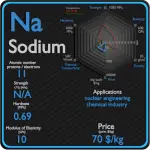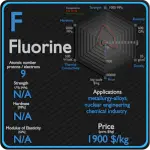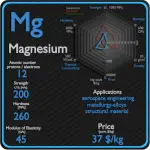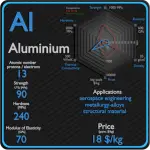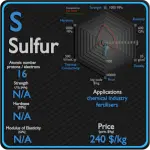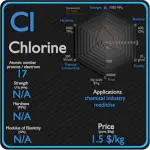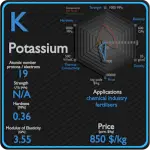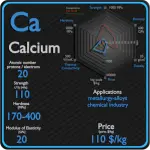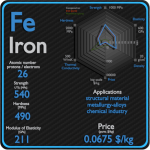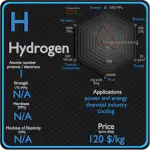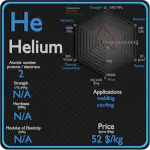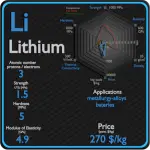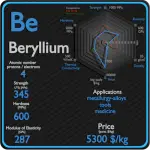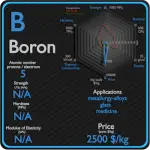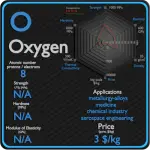This article contains comparison of key thermal and atomic properties of oxygen and sodium, two comparable chemical elements from the periodic table. It also contains basic descriptions and applications of both elements. Oxygen vs Sodium.
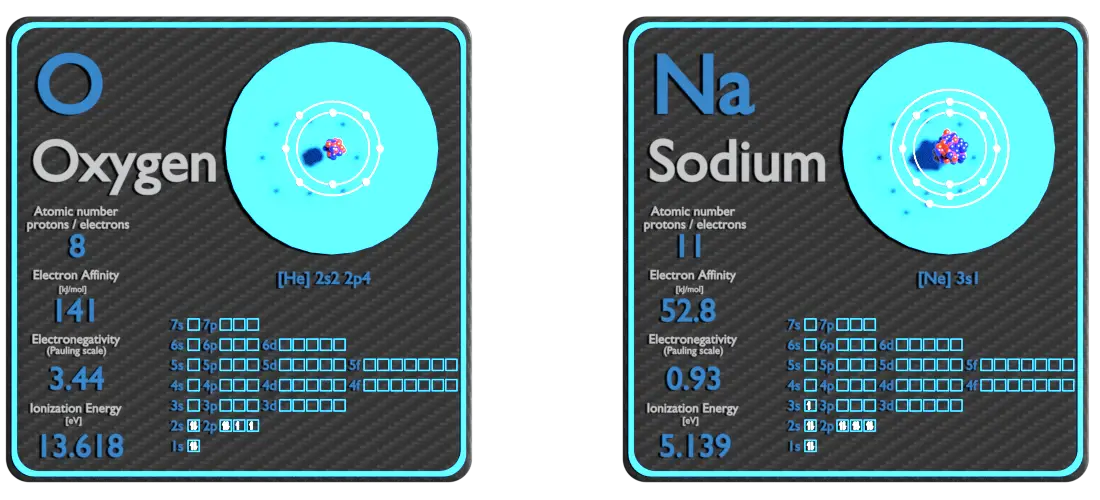
Oxygen and Sodium – About Elements
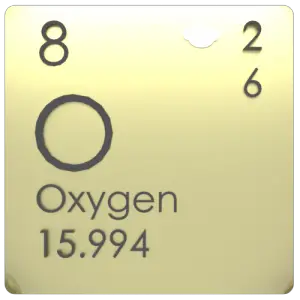
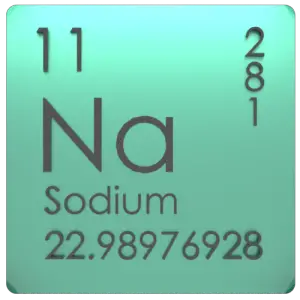
Source: www.luciteria.com
Oxygen and Sodium – Applications
Oxygen
Common uses of oxygen include production of steel, plastics and textiles, brazing, welding and cutting of steels and other metals, rocket propellant, oxygen therapy, and life support systems in aircraft, submarines, spaceflight and diving. Smelting of iron ore into steel consumes 55% of commercially produced oxygen. In this process, oxygen is injected through a high-pressure lance into molten iron, which removes sulfur impurities and excess carbon as the respective oxides, sulfur dioxide and carbon dioxide. Uptake of oxygen from the air is the essential purpose of respiration, so oxygen supplementation is used in medicine. Treatment not only increases oxygen levels in the patient’s blood, but has the secondary effect of decreasing resistance to blood flow in many types of diseased lungs, easing work load on the heart.
Sodium
Metallic sodium is used mainly for the production of sodium borohydride, sodium azide, indigo, and triphenylphosphine. A once-common use was the making of tetraethyllead and titanium metal; because of the move away from TEL and new titanium production methods. An electric current and sodium vapor combine to form a yellowish glow. This principle is used for the making of sodium vapor lamps. Sodium is occasionally used as a heat exchange medium in nuclear power plants. Liquid sodium is sealed into pipes surrounding the reactor core. Generated heat is absorbed by sodium and forced through the pipes in a heat exchanger which can be used to generate electricity.
Oxygen and Sodium – Comparison in Table
| Element | Oxygen | Sodium |
| Density | 0.00125 g/cm3 | 0.00143 g/cm3 |
| Ultimate Tensile Strength | N/A | N/A |
| Yield Strength | N/A | N/A |
| Young’s Modulus of Elasticity | N/A | N/A |
| Mohs Scale | N/A | N/A |
| Brinell Hardness | N/A | N/A |
| Vickers Hardness | N/A | N/A |
| Melting Point | -209.9 °C | -218.4 °C |
| Boiling Point | -195.8 °C | -183 °C |
| Thermal Conductivity | 0.02598 W/mK | 0.02674 W/mK |
| Thermal Expansion Coefficient | N/A | N/A |
| Specific Heat | 1.04 J/g K | 0.92 J/g K |
| Heat of Fusion | (N2) 0.7204 kJ/mol | (O2) 0.444 kJ/mol |
| Heat of Vaporization | (N2) 5.56 kJ/mol | (O2) 6.82 kJ/mol |
